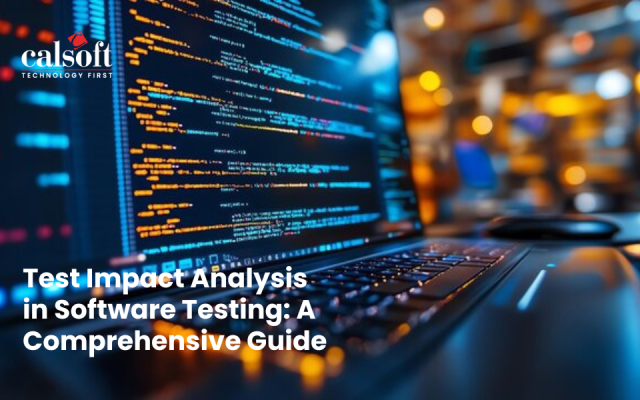“The measure of intelligence is the ability to change” — Albert Einstein.
Evolution, whether considered solely in terms of a product development process or understood in relation to a product development relationship, is a roadmap for change. This change is realized courtesy of a perfect blend of innovation, purpose, and forethought — that’s why the prefix “strategic.”
Product development isn’t an isolated function and involves multiple stakeholders and skillsets at different touchpoints. That is one reason why developing a strategic relationship for streamlined product development is a win-win. However, such a relationship demands that both parties subscribe to a holistic vision.
While the scope of the role played by product development teams is vast, both within and outside an organization, a major hurdle lies in the difference between a concept and a product. It’s here that a strategic relationship can rise to the occasion and show its worth.
So, when Rosabeth Kanter, a professor at Harvard Business School, calls a strategic relationship a “collaborative advantage,” she’s not exaggerating.
Such an advantage hinges on the fact that the relationship isn’t just based on a contractual agreement or targets. Instead, it rests on the empowerment of stakeholders at different levels and multiple roles — from test engineers to business analysts — to ensure product success across dimensions such as quality, time, and cost.
Let’s now look at a practical roadmap for how strategic product development relationships can evolve in a manner designed to improve the chances of success.
Stage 1. Understanding the Need for Partnering
The embodiment of the “why” in a strategic product development arrangement provides a solid foundation for future cooperation. In order to maintain an effective partnership, the following should be included in this step:
- Identifying the need for partnering
- Identifying the potential benefits of strategic partnership
- Educating stakeholders (product development, product management, IT/DevOps) about the partnership being formed
- Synchronizing knowledge-sharing
Stage 2. Beginning With Test Automation
How good is a potential partner? During the initial stages of the potential product development partnership, the focus must be on identifying the skills. That’s why it makes sense to start from a prototype or test case before moving towards actual product development. Therefore, it’s often useful to begin with a test project. The approach of the potential partner will tell you what you need to know about them. As they go about their task, check if the strategy they define will eventually lend itself to enabling the following:
- Defining functional and non-functional requirements for successful product delivery
- Identifying a method of approaching performance testing
- Creating a framework that is effective in managing project risks while adopting agile practices
- Creating a clear understanding of the technical skillsets required to implement the test automation strategy
Stage 3. Exploring Advanced Testing Opportunities
Organizations have the option of taking the partnership to the next level by exposing the possible partner to the core product. One great place to start is by exploring advanced testing opportunities. This can also include more sophisticated strategies such as unified process testing, regression testing, integration testing, stress-testing of the product in all conditions, web-based tests, mobile app testing, feature testing, and more.
So, how does the partner grasp these opportunities, let alone become successful? The answer, while subjective, can set the stage for the next steps. Look for how closely the partner undertakes a thorough analysis of the company’s vision, its current product delivery model, and, of course, the division of labor for efficient execution. But more than that, look at how skillfully the test automation, advanced testing, and QA skills have been exhibited.
Stage 4.Investing in Product Engineering
To reap the maximum value from a strategic product development arrangement, it’s crucial to engage on a level that allows for effective engineering collaboration for core products.
Fundamentally, this translates to an association where one is working towards conceptualizing the development methodologies, furthering the domain knowledge, building on the testing prowess, and adding weight to the product team’s expertise. This could actually be a stepping stone to even more complex exercises involving product research, design, and development (a possible next stage).
In addition to developing an operating model capable of supporting substantial activities, such as software engineering and continuous delivery, it’s critical for the partner to develop an agile plan supported by many stakeholders and teams at different levels (e.g., business analysts/product owners/project managers).
- Contributing Towards R&D
In the final stage of a strategic product development evolution, the right partner should be able to make a mark by contributing towards product R&D. This must be possible even when a large number of teams across groups and functions are working in concert. That’s when the ISV can be assured of the most impactful pooling of resources and expertise.
This is when the synergy can be unleashed. One can expect to see more effective results in the form of new technologies, product innovation, and profound agility. This is because there’s a single objective — say, the development of new technology — across all the teams, in-house or with the partner.
Wrapping Up
Accommodating the evolving needs of an enterprise is the key driving force behind the need to implement a successful product development relationship. Such a relationship is characterized by teams working in unison with a focus on the needs of a relevant end-user. This is important because it can lend a measure of value to both parties.
Of course, it needs to be done in conjunction with the right kind of strategic product development approach and with care exhibited in partner selection. And when that’s the case, it can have far-reaching implications for the success of an organization’s business model and any implementation plans.







